Reno, Nevada, has a rich history of urban development that reflects the broader trends and challenges faced by many American cities. Here is an overview of key aspects of Reno’s urban development history:
- Early Settlement and Foundation:
- Reno was founded in 1868 as a railroad town, serving as a hub for the Central Pacific Railroad.
- The city’s initial growth was closely tied to the mining industry and the Comstock Lode silver discovery.
- Gambling and Entertainment:
- In the early to mid-20th century, Reno gained a reputation as a destination for gambling and entertainment, earning it the nickname “The Biggest Little City in the World.”
- The legalization of gambling in Nevada in 1931 contributed significantly to the city’s economic development.
- Post-World War II Boom:
- After World War II, Reno experienced significant population growth and urban expansion.
- The construction of Interstate 80 in the 1950s further facilitated transportation and contributed to Reno’s accessibility.
- Casino Industry and Tourism:
- The casino industry played a central role in Reno’s economy, drawing tourists from around the country.
- During the mid-20th century, Reno was a popular destination for quick divorces, contributing to its reputation as a divorce capital.
- Downtown Development:
- Like many cities, Reno faced urban renewal efforts in the mid-20th century that led to the demolition of some historic structures.
- In recent years, there has been a renewed focus on revitalizing downtown Reno, with projects aimed at attracting residents, businesses, and tourists.
- Economic Diversification:
- In the late 20th century, Reno sought to diversify its economy beyond the gaming industry.
- The presence of technology companies and a focus on outdoor recreation contributed to economic diversification efforts.
- Challenges and Redevelopment:
- Reno, like other cities, faced challenges related to suburbanization, traffic congestion, and infrastructure development.
- Efforts have been made to address these challenges through redevelopment initiatives, including the renovation of older neighborhoods and the enhancement of public spaces.
- Education and Innovation:
- The University of Nevada, Reno, has played a crucial role in the city’s development, contributing to educational and research advancements.
- Efforts have been made to foster innovation and entrepreneurship, further diversifying the city’s economic landscape.
- Natural Environment and Outdoor Recreation:
- Reno’s proximity to the Sierra Nevada mountains and Lake Tahoe has made it a popular destination for outdoor enthusiasts, contributing to the city’s identity and attracting residents and businesses.
- Modern Urban Planning:
- Recent urban planning initiatives focus on sustainable development, improving public transportation, and creating a more walkable and bike-friendly city.
Reno’s urban development history reflects a combination of economic, social, and cultural factors, and the city continues to evolve as it addresses contemporary challenges and opportunities.

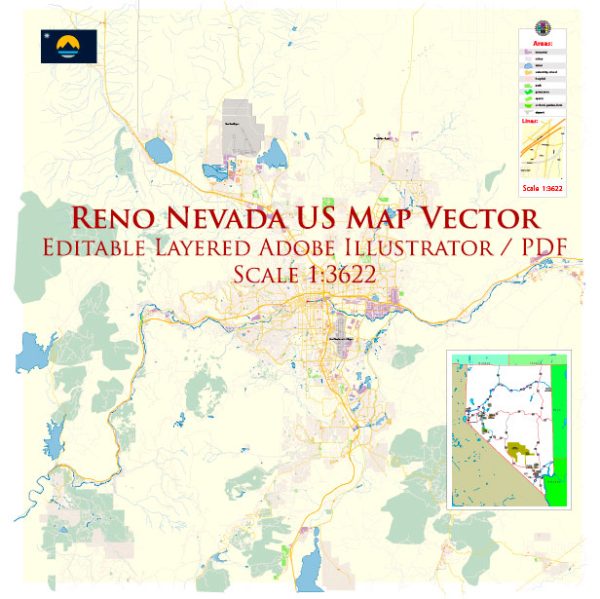
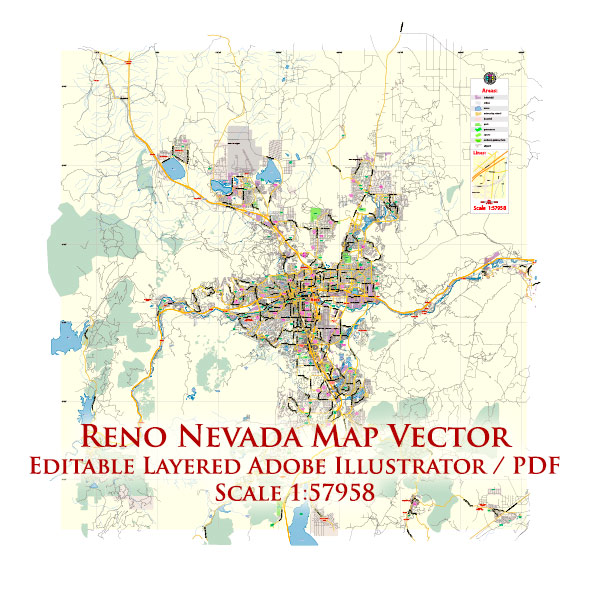
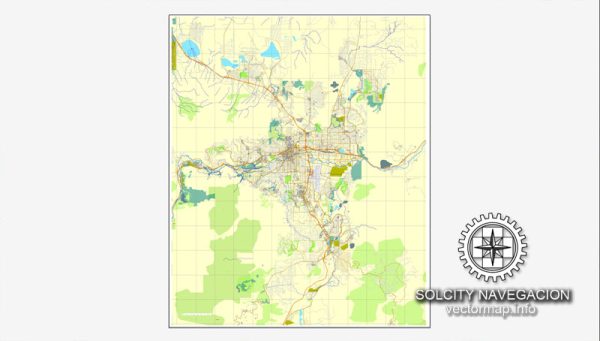
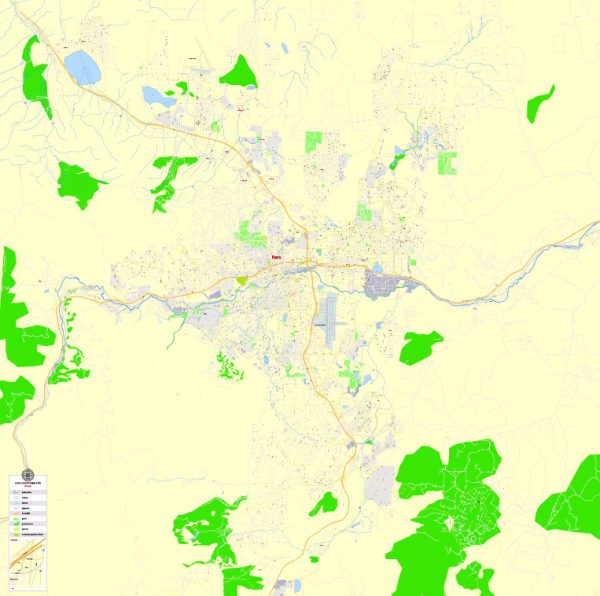
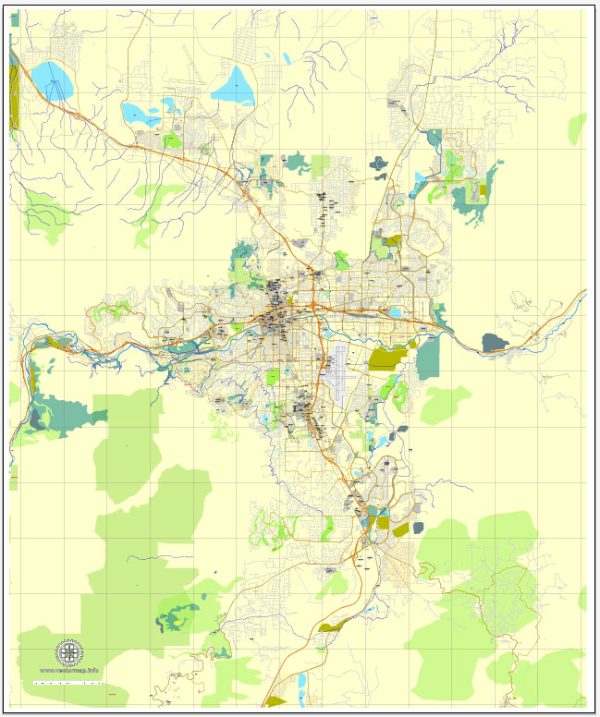
 Author: Kirill Shrayber, Ph.D.
Author: Kirill Shrayber, Ph.D.